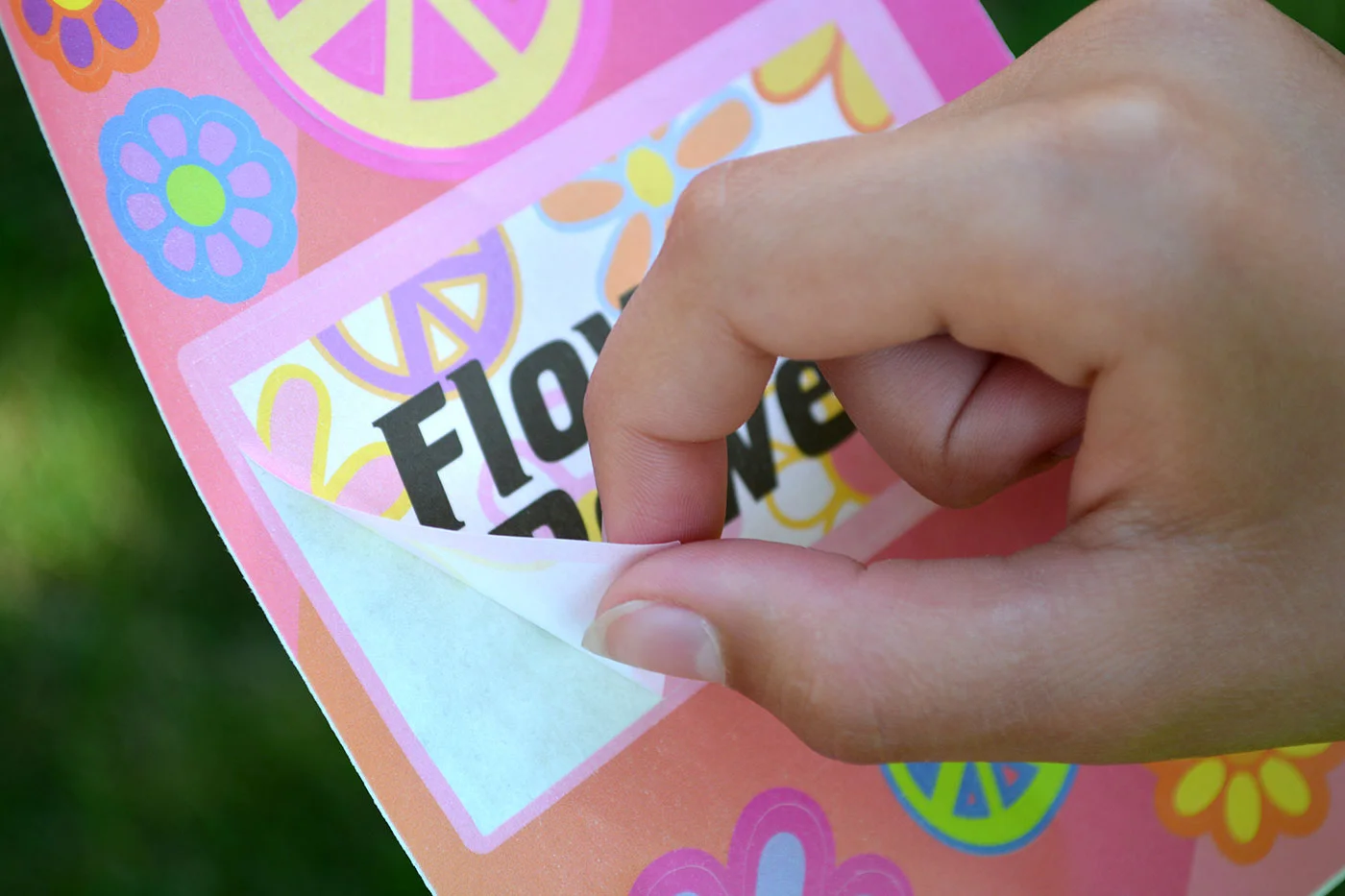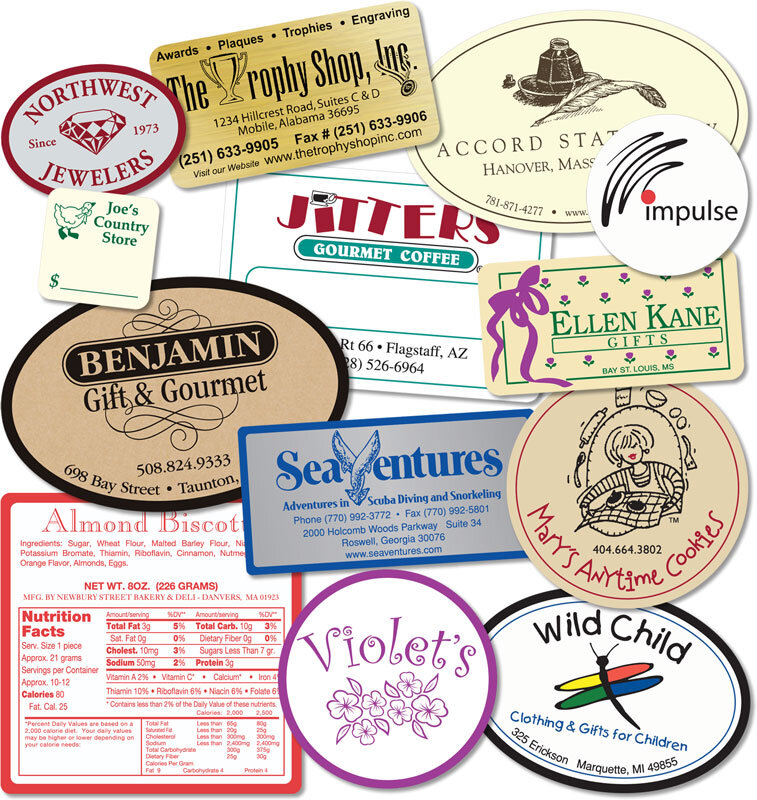The chemical manufacturing industry faces innumerable challenges, and many companies’ day-to-day struggles revolve around supply chain efficiency. It’s essential to streamline the supply chain without sacrificing end product value or jeopardizing important professional relationships with suppliers, distributors, and buyers. One of the most surprising yet effective methods a manufacturer can use to boost supply chain efficiency is to rethink chemical labeling.
Why Focus on Labeling?
Chemical manufacturers provide products that can pass through multiple parties until they reach their final destinations or end users. Traceability is extremely important for many chemicals, especially those beholden to federal regulation. The only reliable method of tracking a chemical product from its origin through various distribution channels to its ultimate destination is labeling.
The information that must appear on certain products’ labels is growing more complex, and labeling operations need to be tightly connected to manufacturers’ business processes. Creating an effective and efficient labeling system built upon best practices can help chemical manufacturers manage the constantly changing demands of the chemical manufacturing industry and the regulatory bodies that oversee their products.
Develop Dynamic Labeling Practices to Futureproof Your Operation
Cutting manufacturing costs is one of the best ways to streamline a manufacturing process, but it’s vital to do so in responsible ways that do not diminish traceability or the quality of the final product. A dynamic labeling system that allows a manufacturer to adjust labels as new regulations and compliance requirements appear is one of the best ways to stay ahead of the curve while ensuring long-term compliance with the regulations.
RELATED ARTICLE: 4 Questions to Ask Before You Hire a Label and Packaging Partner
Failing to develop a dynamic labeling system that can change with the times will lead to all types of issues. A distributor may not be able to use a recent shipment due to fresh compliance requirements and will send the product back to the manufacturer for relabeling. Some distributors or buyers will simply stop purchasing chemical products with outdated labels to streamline their own operations. These hiccups can cause significant strain on a chemical product manufacturer.
An enterprise-level labeling solution that offers the ability to automatically adjust labeling content in real time can be a tremendous asset for any chemical manufacturing organization. A proper labeling system should be able to retrieve data from multiple sources, ensuring complete compliance with all applicable regulations and compiling labels that satisfy those requirements in an intuitive format.
Work With an Experienced Labeling Provider
Chemical manufacturing companies need reliable labeling solutions to meet the ever-changing demands of a fast-paced industry. Business relationships are crucial to the chemical manufacturing industry, and an effective, dynamic labeling system can have a tremendous impact on any chemical manufacturer’s supply chain efficiency.
Century Label has more than 40 years of experience providing professional labeling solutions to partners across various industries. We can help chemical manufacturers meet their demanding labeling requirements to develop more effective supply chains. Contact Century Label today to learn more about how our labeling services can help you streamline your operations and ensure total compliance with industry regulations.












